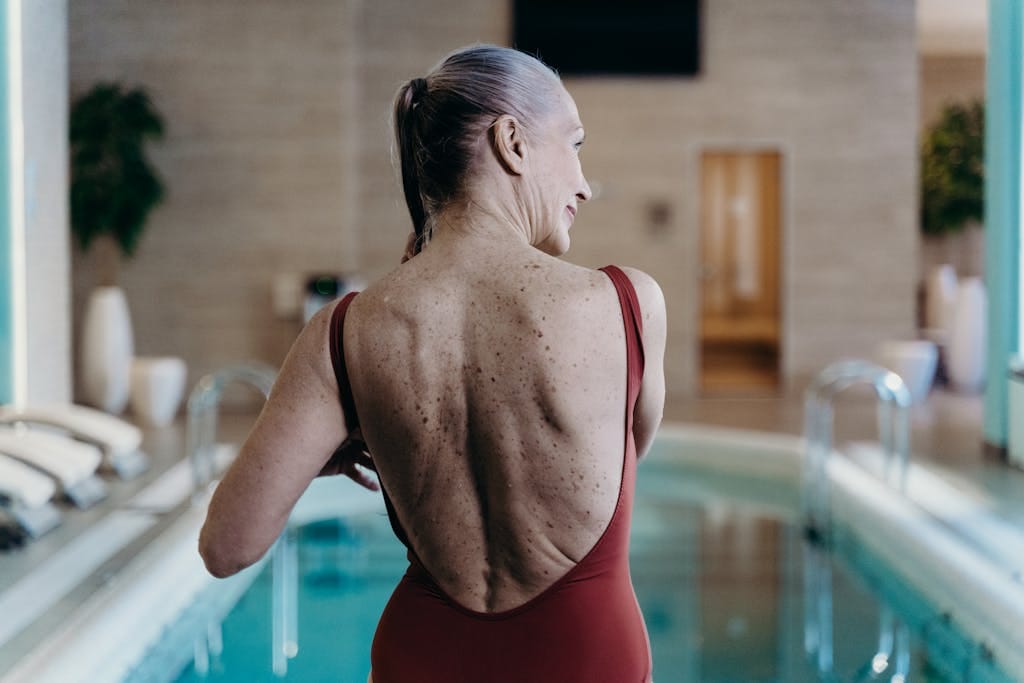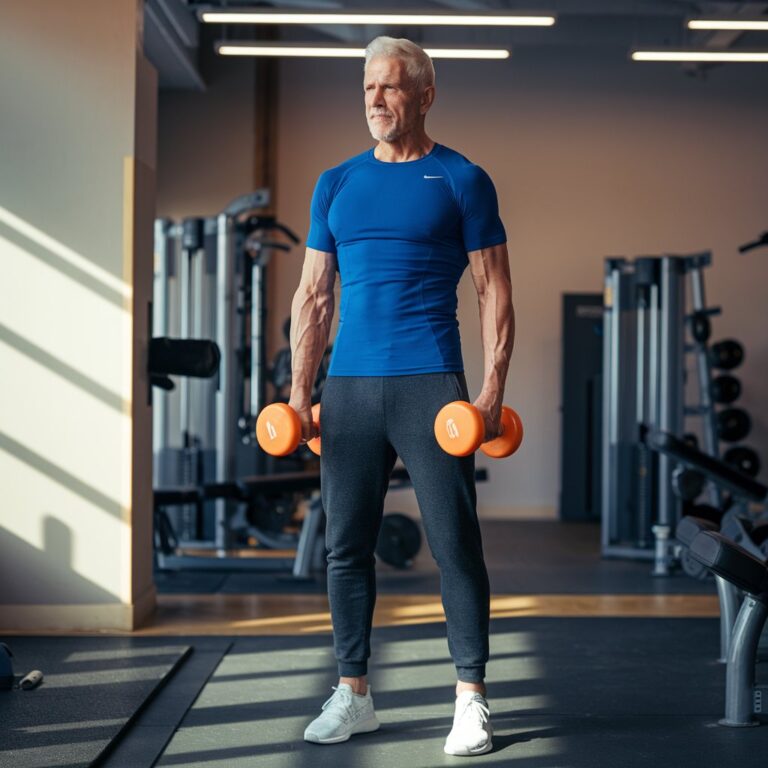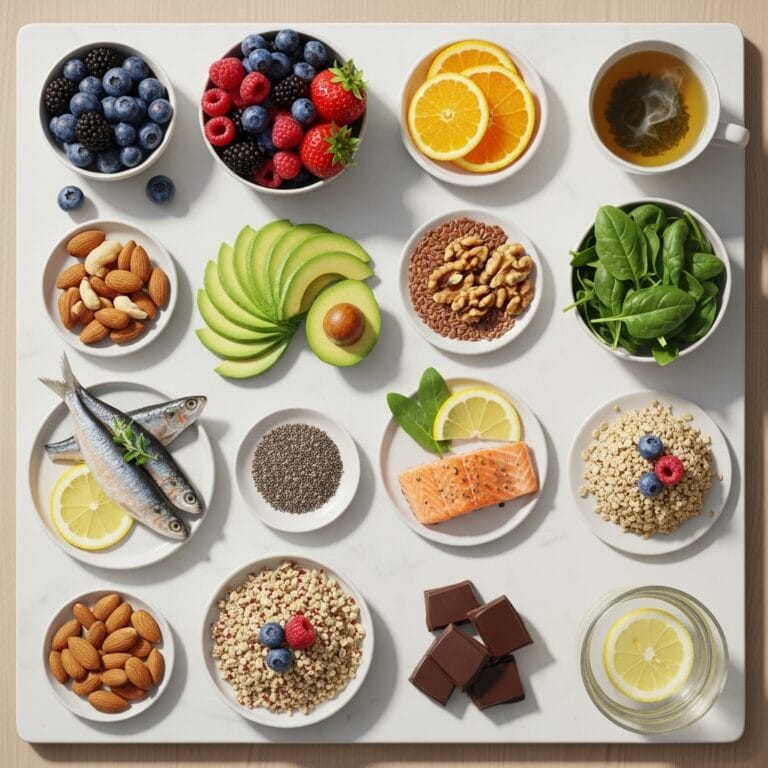FREE SHIPPING OVER $50
Transform Your Body After 50: Top Exercise Habits Revealed
Turning 50 doesn’t mean slowing down—it’s an opportunity to redefine your fitness journey and transform your body. With the right exercise habits, you can build strength, boost energy, and feel better than ever. In this article, we’ll reveal the top exercise habits that can help you achieve a stronger, healthier body after 50. Whether you’re a fitness newbie or a seasoned pro, these tips will set you up for success. Ready to get started? Let’s dive in.
Why Exercise Matters After 50

As we age, our bodies undergo changes that can impact strength, mobility, and overall health. Regular exercise can help counteract these effects by:
- Building Muscle Mass: Strength training combats age-related muscle loss (sarcopenia).
- Improving Bone Density: Weight-bearing exercises reduce the risk of osteoporosis.
- Boosting Metabolism: Muscle burns more calories at rest, helping with weight management.
- Enhancing Mental Health: Exercise reduces stress, improves mood, and supports cognitive function.
The key is to focus on habits that are sustainable, effective, and tailored to your needs. Here’s how to do it.
Top Exercise Habits to Transform Your Body After 50
1. Strength Training: The Foundation of Fitness
- Why it’s important: Strength training builds muscle, increases bone density, and improves metabolism.
- How to do it: Incorporate exercises like squats, lunges, push-ups, and dumbbell lifts 2-3 times per week.
- Pro tip: Start with light weights and focus on proper form to avoid injury.
2. Prioritize Balance and Stability
- Why it’s important: Good balance reduces the risk of falls, which becomes more critical as we age.
- How to do it: Practice exercises like single-leg stands, heel-to-toe walks, or yoga poses like tree pose.
- Pro tip: Use a chair or wall for support if needed.
3. Incorporate Low-Impact Cardio
- Why it’s important: Low-impact cardio is easier on the joints while still improving heart health and burning calories.
- How to do it: Try activities like walking, swimming, cycling, or using an elliptical machine.
- Pro tip: Aim for at least 150 minutes of moderate cardio per week.
4. Stretch Regularly
- Why it’s important: Stretching improves flexibility, reduces stiffness, and helps prevent injuries.
- How to do it: Stretch major muscle groups (hamstrings, quads, shoulders) for 10-15 minutes after workouts.
- Pro tip: Try yoga or Pilates for a structured stretching routine.
5. Focus on Core Strength
- Why it’s important: A strong core supports posture, reduces back pain, and improves overall stability.
- How to do it: Include exercises like planks, bird-dogs, and Russian twists in your routine.
- Pro tip: Engage your core during everyday activities like standing or sitting.
6. Stay Consistent
- Why it’s important: Consistency is key to seeing results, especially as we age.
- How to do it: Schedule workouts like appointments and stick to them. Even 20-30 minutes a day can make a difference.
- Pro tip: Find activities you enjoy to make consistency easier.
7. Listen to Your Body
- Why it’s important: As we age, recovery takes longer, and pushing too hard can lead to injury.
- How to do it: Pay attention to how your body feels and adjust intensity or rest as needed.
- Pro tip: Incorporate rest days and prioritize sleep for recovery.
8. Mix It Up
- Why it’s important: Variety prevents boredom, reduces the risk of overuse injuries, and keeps your body challenged.
- How to do it: Rotate between strength training, cardio, and flexibility exercises throughout the week.
- Pro tip: Try new activities like dance classes or tai chi to keep things fresh.
9. Stay Hydrated and Fuel Your Body
- Why it’s important: Proper hydration and nutrition support energy levels, muscle recovery, and overall health.
- How to do it: Drink plenty of water and eat a balanced diet rich in protein, healthy fats, and whole grains.
- Pro tip: Consider consulting a nutritionist for personalized advice.
10. Set Realistic Goals
- Why it’s important: Goals keep you motivated and help track progress, but they need to be achievable.
- How to do it: Start small—aim to walk 10,000 steps a day or do 10 push-ups. Celebrate milestones along the way.
- Pro tip: Use a journal or app to track your progress and stay accountable.
How to Incorporate These Habits into Your Routine
Ready to put these habits into action? Here’s how to get started:
- Start Small: Pick 2-3 habits to focus on initially, then gradually add more.
- Create a Routine: Schedule workouts, meal prep, and rest days into your week.
- Track Your Progress: Use a journal or app to monitor your strength, energy levels, and overall health.
- Stay Positive: Aging is a natural process, but your habits can make all the difference.
The Science Behind Exercise After 50
Still not convinced? Let’s look at the science:
- Muscle Mass: Studies show that strength training can increase muscle mass and strength, even in older adults.
- Bone Density: Weight-bearing exercises improve bone density, reducing the risk of fractures.
- Mental Health: Regular exercise is linked to lower rates of depression and anxiety, as well as improved cognitive function.
- Longevity: Active adults over 50 have a lower risk of chronic diseases like heart disease, diabetes, and cancer.
Common Mistakes to Avoid
Even with the best intentions, it’s easy to make mistakes that hinder your progress. Here’s what to watch out for:
- Overtraining: Too much exercise can lead to burnout or injury. Listen to your body and rest when needed.
- Ignoring Nutrition: Exercise alone isn’t enough. Fuel your body with nutrient-dense foods.
- Skipping Recovery: Rest and recovery are essential for muscle repair and growth.
- Comparing Yourself to Others: Focus on your own progress, not someone else’s.
Conclusion
Transforming your body after 50 isn’t about achieving perfection—it’s about feeling strong, confident, and capable. By incorporating these top exercise habits into your routine, you can build strength, improve mobility, and boost your overall well-being. Remember, it’s never too late to start.



